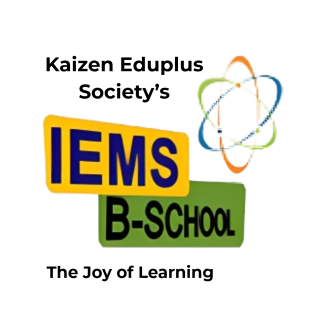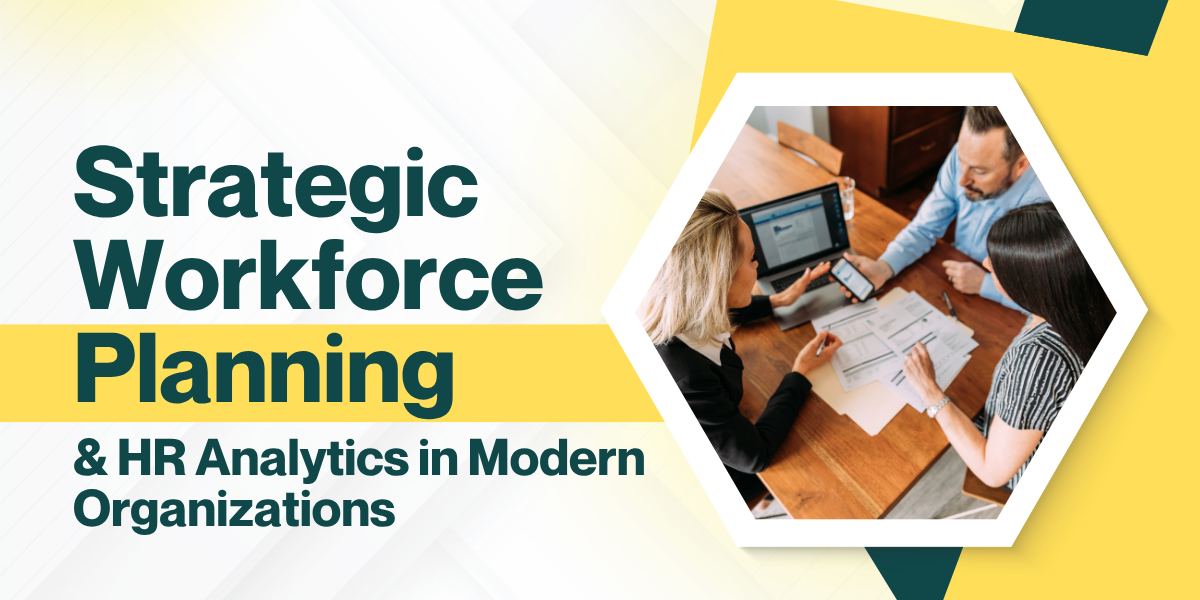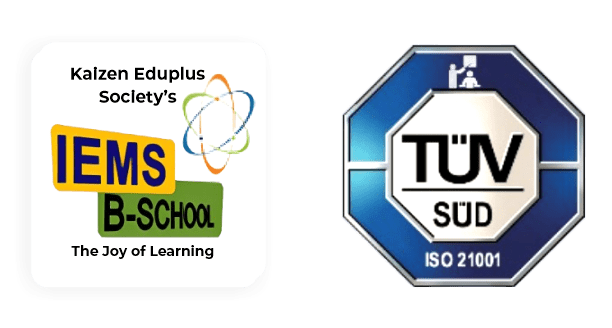In today’s fast-paced business world, organizations must adapt quickly to ever-changing market demands and workforce dynamics. Staying competitive no longer depends solely on products or services—it hinges on having the right talent in the right place at the right time. This is where Strategic Workforce Planning (SWP) and HR Analytics come in—powerful tools that help companies align their workforce with strategic business goals efficiently and effectively.
Understanding Strategic Workforce Planning
Strategic Workforce Planning (SWP) is a proactive approach to managing talent in line with long-term organizational objectives. Unlike traditional HR planning, which often reacts to immediate staffing needs, SWP anticipates future workforce requirements. It identifies potential skill gaps and develops strategies to address them before they impact business performance.
By continuously evaluating current workforce capabilities and forecasting future needs, organizations can ensure sustained growth and operational excellence. In short, SWP helps businesses plan smarter, not just hire faster.
The Role of HR Analytics
HR Analytics, also known as people analytics, leverages data to optimize workforce decision-making. By analyzing patterns in recruitment, employee performance, engagement, and retention, HR teams can make informed, data-driven decisions.
For example:
- Predictive analytics can flag employees at risk of leaving, enabling timely retention strategies.
- Performance data can highlight skill gaps, helping design personalized training programs.
- Recruitment analytics can identify the most effective channels, improving hiring quality and reducing turnover.
By turning HR data into actionable insights, organizations ensure that every workforce decision contributes to business success.
Integrating SWP and HR Analytics
The true power lies in combining SWP with HR Analytics. SWP sets the strategic workforce goals, while HR Analytics provides the quantitative insights needed to achieve them.
This integration allows organizations to:
- Anticipate workforce trends
- Allocate resources efficiently
- Respond proactively to talent shortages or surpluses
The result? Agile, data-driven workforce strategies that adapt to changing business conditions and ensure long-term sustainability.
Key Benefits of SWP and HR Analytics
- Informed Decision-Making: Data-driven insights reduce guesswork and increase confidence in HR strategies.
- Enhanced Talent Acquisition: Analytics improves recruitment quality and reduces turnover.
- Optimized Resource Allocation: Employees are deployed where they are most needed, boosting productivity.
- Improved Employee Retention: Predictive models highlight potential attrition risks, enabling proactive measures.
- Alignment with Business Strategy: Ensures workforce initiatives support broader organizational goals, fostering growth and innovation.
Challenges and Considerations
Implementing SWP and HR Analytics comes with challenges such as:
- Data privacy concerns
- Limited analytical expertise
- Resistance to change
Organizations can overcome these obstacles by investing in HR analytics training, promoting a data-driven culture, and maintaining high-quality workforce data. Clear data governance policies and continuous monitoring are key to success.
The Future of Workforce Planning
The future is bright for SWP and HR Analytics. Artificial Intelligence (AI) and Machine Learning (ML) are enabling predictive insights that were once impossible. Real-time workforce data allows HR teams to respond quickly to market changes, while integrating employee experience data with performance metrics drives personalized development programs, boosting engagement and productivity.
Conclusion
In conclusion, Strategic Workforce Planning and HR Analytics are indispensable for modern organizations aiming to thrive in a competitive, fast-changing environment. By leveraging these tools, companies can align talent with strategic objectives, enhance operational efficiency, and maximize workforce performance.
For students aspiring to master these cutting-edge HR strategies, pursuing an MBA provides both theoretical knowledge and practical skills. IEMS B-School, recognized as the Best MBA college in Hubli, offers comprehensive programs covering workforce planning, HR analytics, and strategic management. Explore their offerings today: https://www.iemsbschool.org/.






